The optimal solution in terms of memory space would be one row for each pair which would be 700*699 / 2. This problem is still relatively small and the simplicity of manipulating a 700*700 matrix is probably more valuable than the 700*701/2 cells you're saving, which would work out to 240kB with one byte per cell. It could be even less if the matrix is sparse (i.e. most pairs of materials are never ordered together) and you use an appropriate data structure.
Here's how the code would look like:
First we want to create a dataframe with as many rows and columns as there are materials. Matrices are easier to create so we create one that we convert to a dataframe afterwards.
all_materials = levels(as.factor(X$Materials))
number_materials = length(all_materials)
Pairs <- as.data.frame(matrix(data = 0, nrow = number_materials, ncol = number_materials))
(Here, X is your dataset)
We then set the row names and column names to be able to access the rows and columns directly with the identifiers of the materials which are apparently not necessarily numbered from 1 to 700.
colnames(Pairs) <- all_materials
rownames(Pairs) <- all_materials
Then we iterate over the dataset
for(order in levels(as.factor(X$Order.number))){
# getting the materials in each order
materials_for_order = X[X$Order.number==order, "Materials"]
if (length(materials_for_order)>1) {
# finding each possible pair from the materials list
all_pairs_in_order = combn(x=materials_for_order, m=2)
# incrementing the cell at the line and column corresponding to each pair
for(i in 1:ncol(all_pairs_in_order)){
Pairs[all_pairs_in_order[1, i], all_pairs_in_order[2, i]] = Pairs[all_pairs_in_order[1, i], all_pairs_in_order[2, i]] + 1
}
}
}
At the end of the loop, the Pairs table should contain everything you need.

